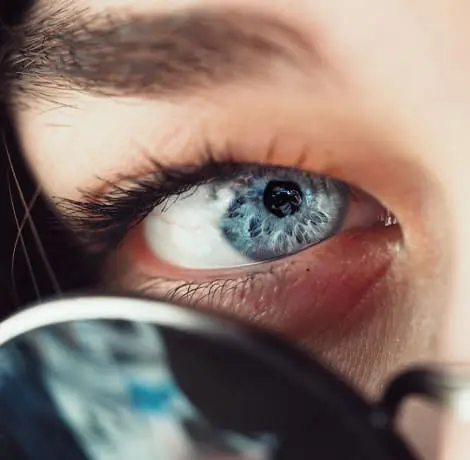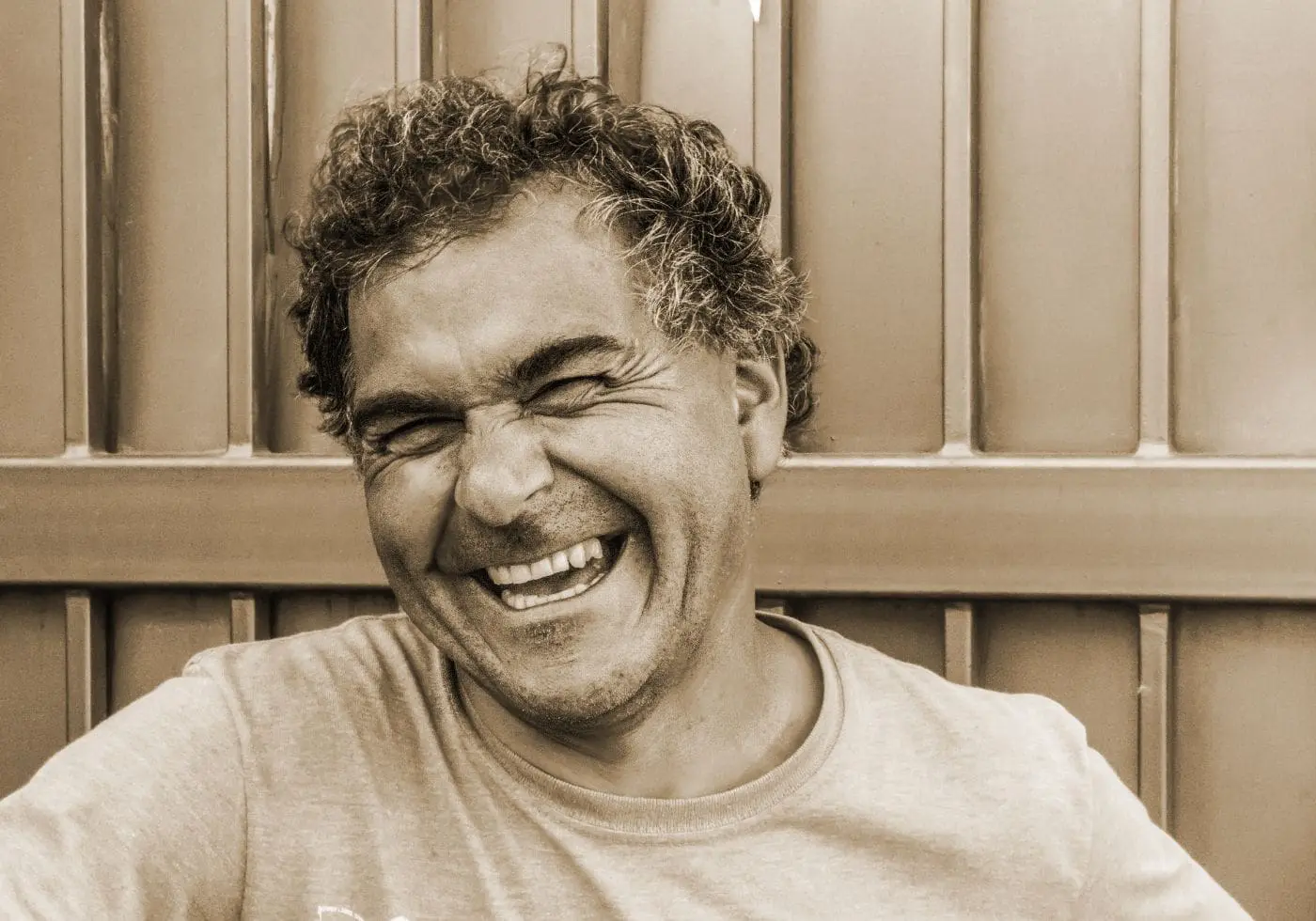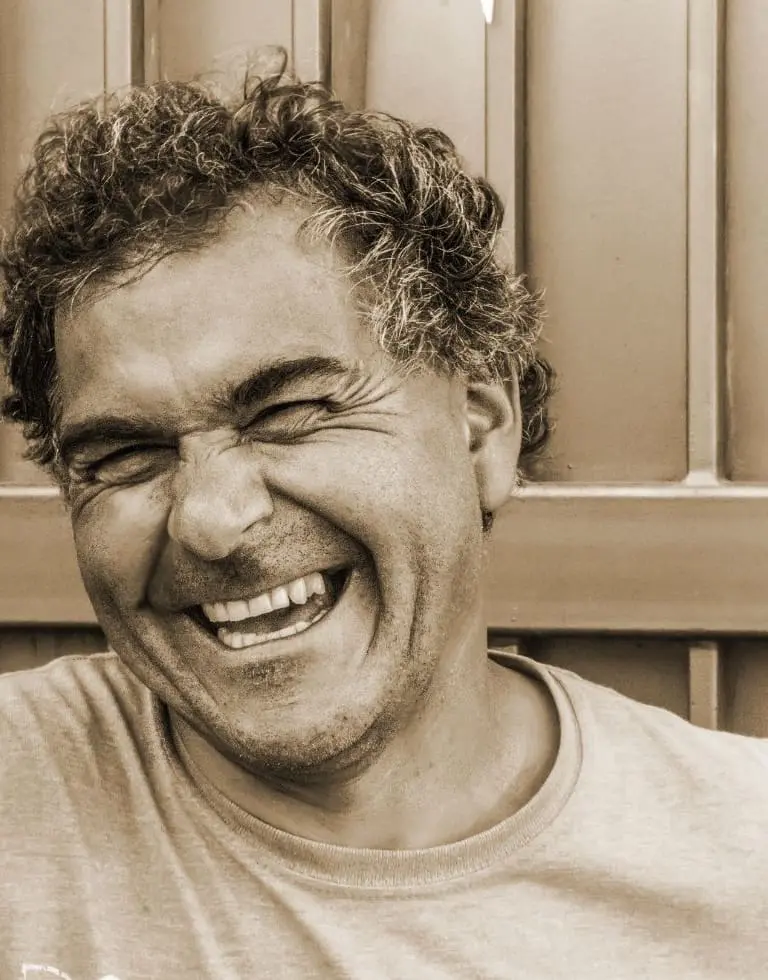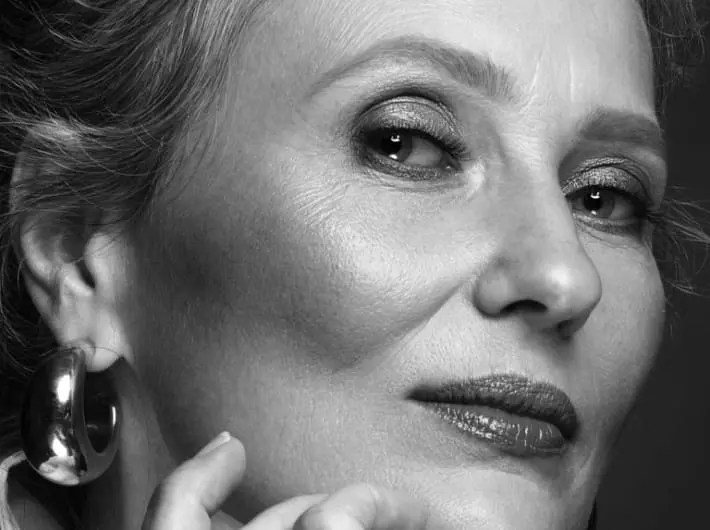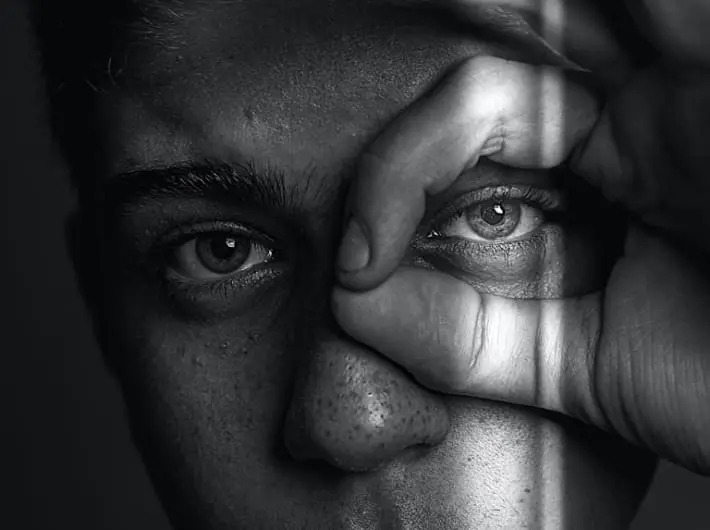

Treatment at a glance
Treatment Time
Up to 60 mins
Anaesthetic
Local anaesthetic
Downtime
7 - 14 days
Price
From £9000 per eye
Key Benefit
Improve vision


Clear vision often relies on the clarity of the cornea. If the endothelial cell layer, which is very delicate, has become damaged or is starting to malfunction the cornea can start to cloud over – a condition known as a cataract. When this condition has begun to develop it will continue to progress, as this cellular layer can not be regenerated and repaired naturally. A cloudy cornea, or cataract, will impair vision and the only way to correct it would be to replace this layer of cells with a donor layer.
During the corneal transplants procedure the affected layer of corneal cells is removed, and a layer of donated human cells are put in their place. To do this Prema uses the DSAEK (Descemet’s Stripping Automated Endothelial Keratoplasty) procedure. This approach involves the implantation of a thin layer of connective tissue carrying the required cells, which is 60-120 microns thick. This method helps to restore lost vision when the innermost layer of corneal cells (endothelium) are not functioning in the way they should.
What are the benefits of Corneal Transplants?
- Improved vision
- Treat corneal failure / decompensation
- Cataract surgery can be combined


How Is It Performed?
1.Local anaesthetic is administered (general anaesthetic can be used).
2.Eyes are cleaned with Povidone iodine clean and a sterile drape is applied
3.The eyelid support is inserted.
4.The affected corneal endothelium is removed and the donor cornea endothelial transplant is inserted.
5.Graft is secured in place with air or an SF6 bubble which holds the graft against the inside of the cornea.
6.Topical anti-inflammatory and antibiotic drops are applied, and the patient is advised to lie flat on back as much as possible (45 minutes in every hour) for the first 2-3 days post-surgery.
How Is It Performed?
1.Local anaesthetic is administered (general anaesthetic can be used).
2.Eyes are cleaned with Povidone iodine clean and a sterile drape is applied
3.The eyelid support is inserted.
4.The affected corneal endothelium is removed and the donor cornea endothelial transplant is inserted.
5.Graft is secured in place with air or an SF6 bubble which holds the graft against the inside of the cornea.
6.Topical anti-inflammatory and antibiotic drops are applied, and the patient is advised to lie flat on back as much as possible (45 minutes in every hour) for the first 2-3 days post-surgery.



